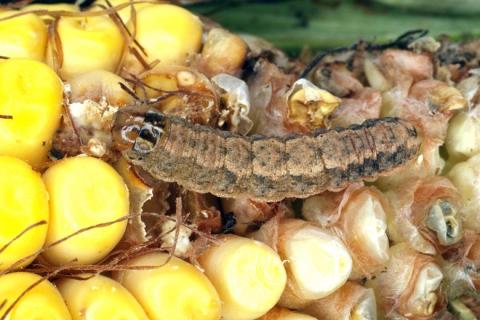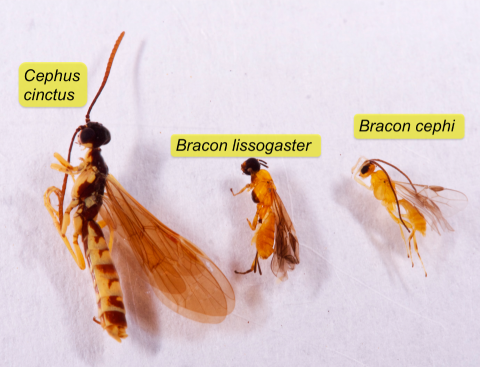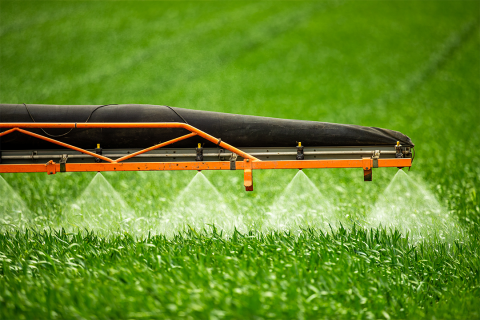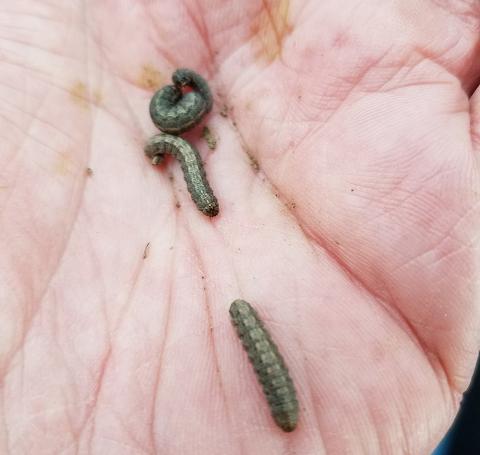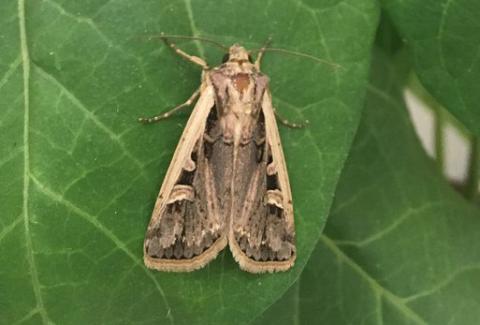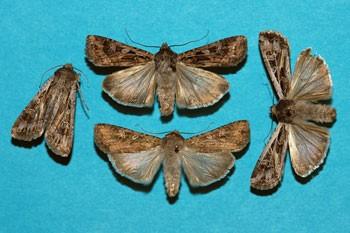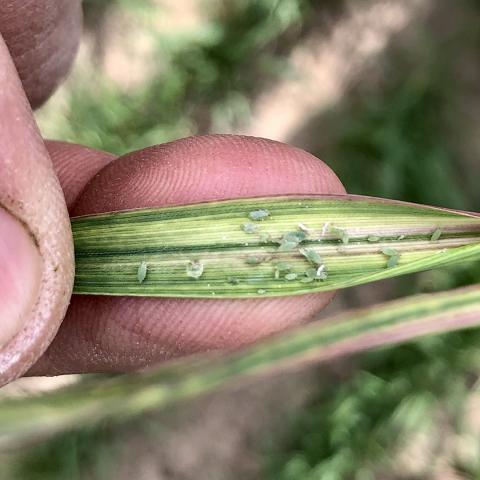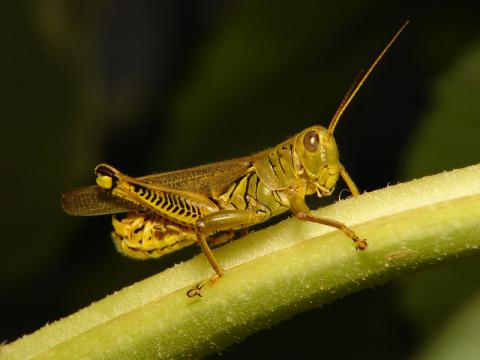Degree-days for Prediction of Western Bean Cutworm Flight in 2024
June 19, 2024
Measuring the amount of heat between an upper and lower threshold to which an insect has been exposed, degree-days models can provide a high level of precision in predicting western bean cutworm peak flight.
Wheat Stem Sawfly Flights Peaked, New Reports of Range Expansion
June 12, 2024
In addition to confirming the presence of wheat stem sawfly in new Nebraska counties this year, Nebraska Extension anticipates fairly high pressure from the crop pest this growing season.
Current Use of Chlorpyrifos and Food Tolerances
May 9, 2024
Nebraska Extension educators share guidance on the use of chlorpyrifos products on food and feed crops in the U.S.
Army Cutworm Scouting Urged in Western Nebraska Wheat and Alfalfa
March 6, 2024
With recent warm weather, army cutworms have been spotted in southern Sioux County and central Lincoln County. Producers should begin scouting for this pest to mitigate crop damage, particularly in winter wheat and alfalfa.
Degree-days for Prediction of Western Bean Cutworm Flight
June 29, 2023
Measuring the amount of heat between an upper and lower threshold to which an insect has been exposed, degree-days models can provide a high level of precision in predicting western bean cutworm peak flight.
Spring Miller Moth Invasion
May 23, 2023
While they don't cause damage to plants when feeding, migrating army cutworm moths can be an irksome household pest. Fortunately, there are simple management methods to prevent them from entering homes and other structures.
Scout Your Wheat for Russian Wheat Aphids
May 24, 2022
Nebraska producers should begin scouting for Russian wheat aphids, as signs of this crop pest have begun appearing in Panhandle wheat plots and ongoing cool temperatures will support population growth.
Continued Good News for Grasshopper Risk on Rangeland
February 10, 2022
Based on fall adult surveys conducted by USDA-APHIS, the risk of grasshopper infestation in Nebraska rangelands will be low in 2022, with slightly higher risk in southwestern Nebraska.

